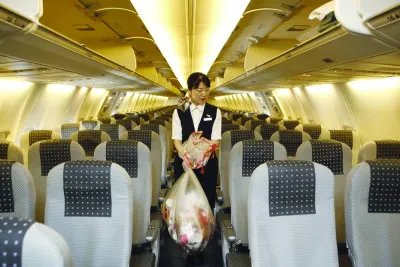Qatar's gross government debt (as a percentage of country's GDP) is expected to fall to 40.4% this year and 35.4% in 2027, researcher Oxford Economics has said in a report.Next year, Qatar’s gross government debt to its GDP has been estimated at 38.8% and 36% in 2026.While Qatar’s external debt burden became large due to heavy investment in a relatively short period of time, it trended up between 2013 and 2021 before declining last year- a trend Oxford Economics expects to continue this year and next.This, it said, is balanced by the large foreign assets (including over $40bn of official reserves), current account surpluses, sustained economic growth, and access to cheap external borrowing due to its high credit ratings.The country's large external surpluses have been invested abroad in property, financial, retail, and other sectors by the Qatar Investment Authority (QIA), which is estimated by the Sovereign Wealth Fund Institute to have assets of more than $300bn and the aim is to reduce the state's reliance on oil and gas earnings, Oxford Economics noted.As a result of solid growth, Qatar’s GDP per capita (on a purchasing power parity basis) has risen rapidly to make it officially the wealthiest country in the world. It also has one of the most advanced and extensive welfare and free education systems in the Gulf, Oxford Economics said.A heavy investment and diversification strategy has transformed the economy, driving a doubling of GDP and exports in five years and producing budget and current account surpluses until the downturn in the oil price in 2015.“While oil production capacity continued to increase, it was the investment in two LNG projects that changed the country's fortunes, backed by the largest non-associated gas field in the world and the second-highest proven gas reserves in the Middle East,” the researcher noted.Qatar is the world’s second-largest LNG exporter after the US. There is also heavy investment in gas-to-liquids, petrochemicals, a gas export pipeline, infrastructure, and tourism.Some $200bn has been spent on infrastructure, partly relating to the 2022 FIFA World Cup, and partly to an expanding population and the country’s long-term strategy, Qatar National Vision 2030.In addition, Qatar is developing into a significant regional financial and educational centre, the report said.

Pratap John
Pratap John is Business Editor at Gulf Times. He has mainstream media experience of nearly 30 years in specialties such as energy, business & finance, banking, telecom and aviation, and covered many major events across the globe.
Most Read Stories























